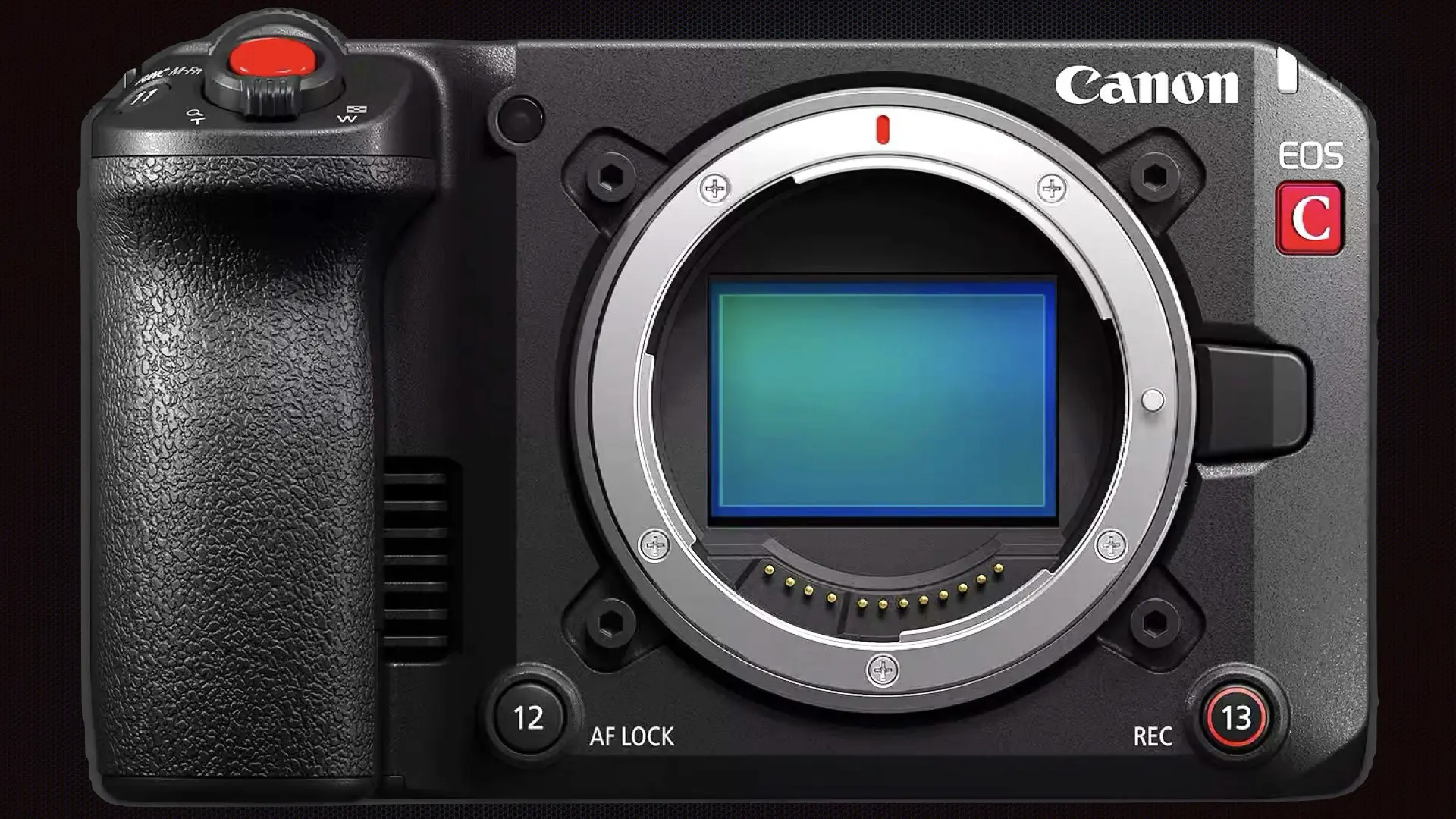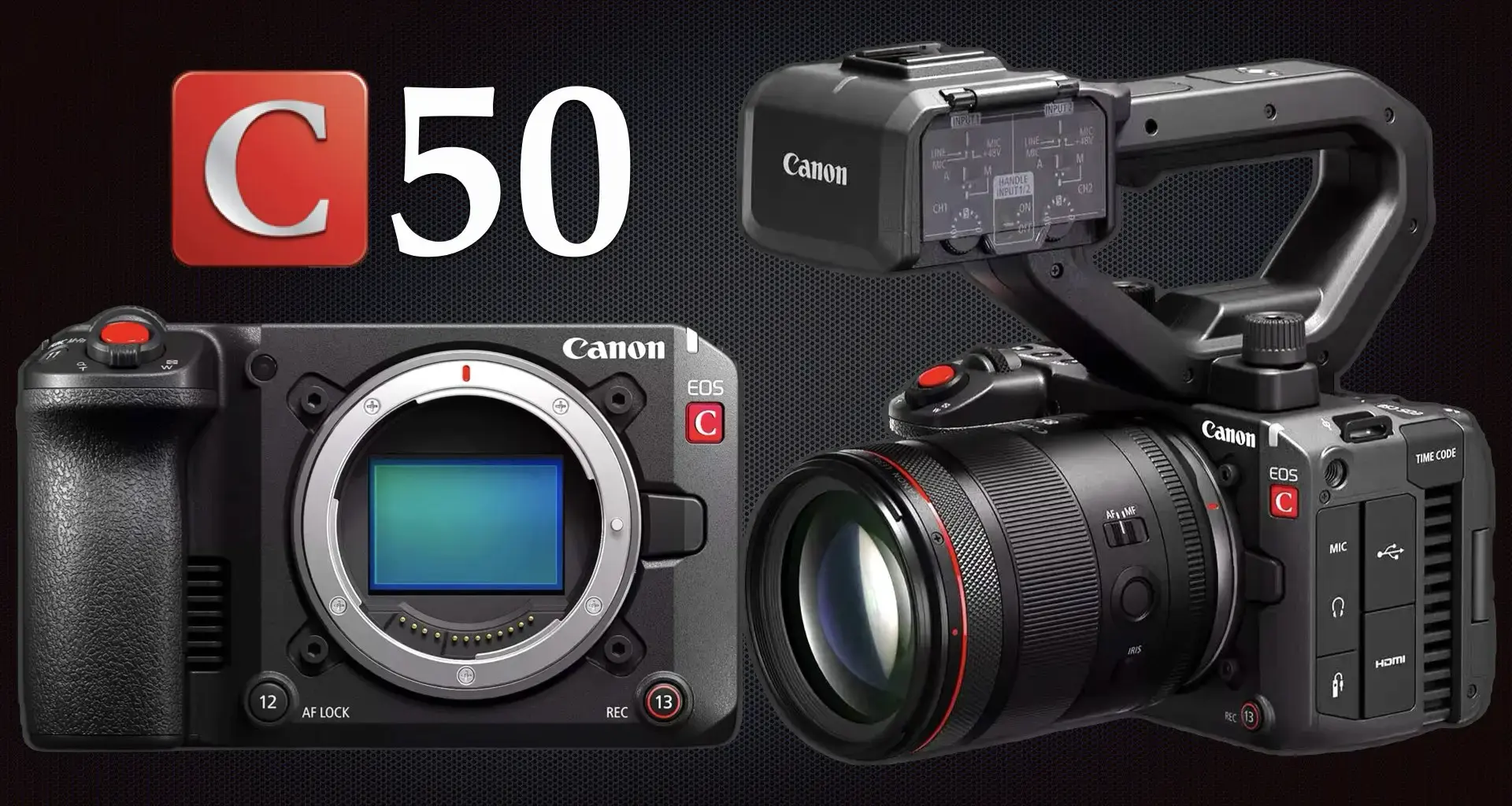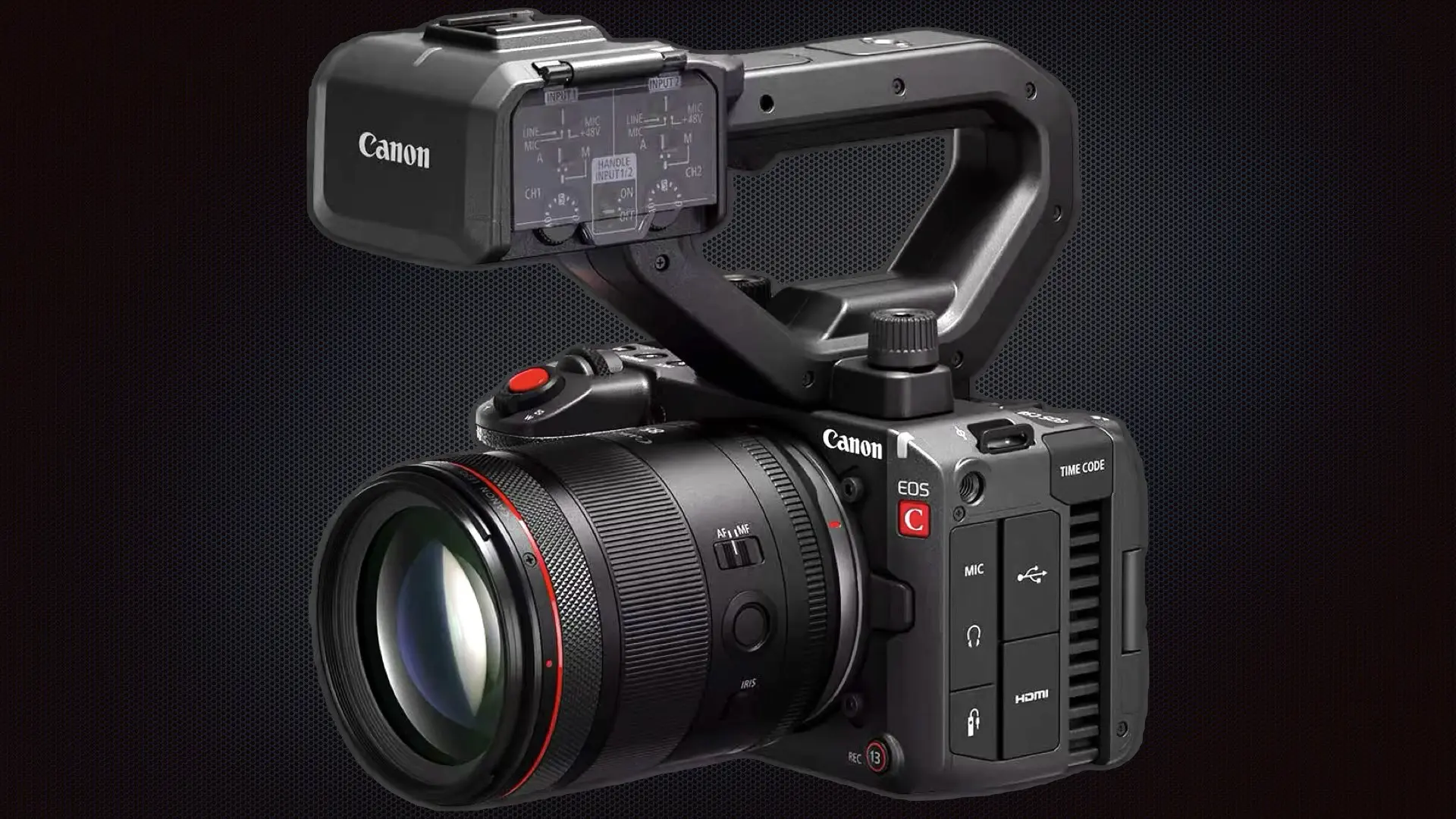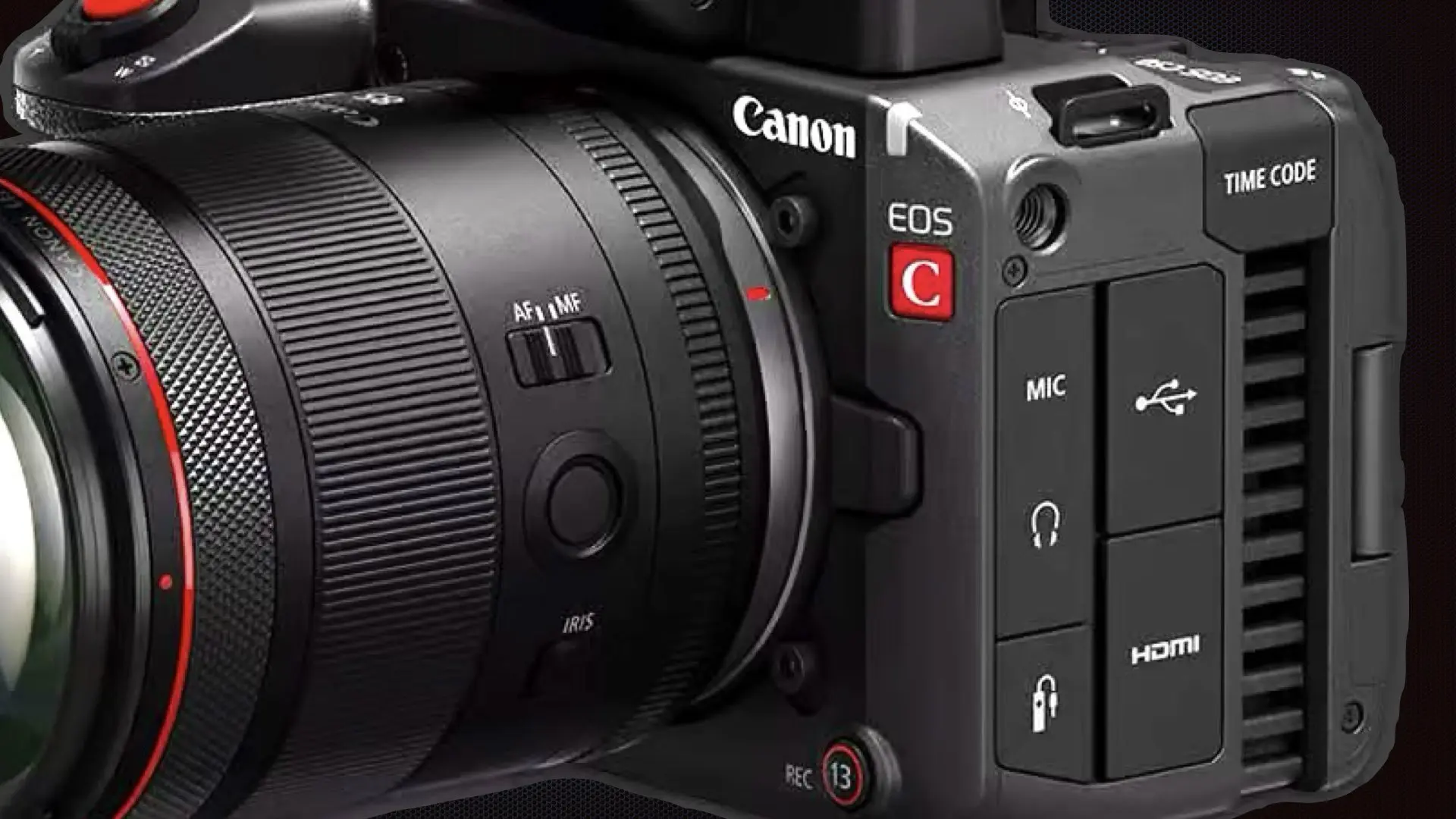With its anticipated debut, the Canon Cinema EOS C50 (also dubbed “EOS RC”) is poised to redefine the compact cinema camera category, offering filmmakers a blend of cinematic specs, efficient ergonomics, and Canon’s renowned image quality.
Here’s a thorough breakdown of the rumored specs emerging from credible sources and insiders:
Sensor & recording capabilities
32 MP full-frame BSI CMOS sensor, offering rich detail and framing flexibility, even if final production units use a 45 MP sensor architecture (R5 II-derived).
7K at 60 fps internal RAW capability is speculated, giving powerful frame-grab and post-production options.
4K up to 120 fps (uncropped and/or cropped options) for high frame-rate action capture.
Cinema-focused features
Open Gate recording, likely utilizing the full sensor area for maximum dynamic range and creative reframing in post.
15+ stops of dynamic range, supporting current grading standards.
C-Log2 and C-Log3 profiles—Canon’s cinematic tone and wide exposure latitude.
Dual base ISO for solid low-light performance and minimal noise at crucial stops.
Ergonomics & design
Lightweight body (under 700 g) measured without lens; a gimbal and handheld friend.
No EVF and no mechanical shutter, emphasizing silent, electronic-only operation.
A fully articulating LCD for flexible framing in cramped or overhead shooting.
Luxuries like a large red record button, tally light, and possibly an add-on XLR handle for improved audio capture.
Photo/Off/Video mode switch—great for hybrid workflows with quick access to stills.
Recording media & autofocus
Main model spec points to dual CFexpress Type B slots; some leaks suggest variants with dual SD for flexibility.
Dual Pixel CMOS AF II—a proven autofocus system in Canon’s cinema and mirrorless lines.
Performance & value
40 fps burst for stills is rumored—enough for quick take sequences or focus charts.
Expected price of $3,499 to $3,999 (body only), making it competitive with Sony’s FX3 and offering better integration into Canon’s lens ecosystem.
The C50 appears engineered to deliver professional cinema video in a compact package, ideal for:
Solo creators & documentarians needing a mobile, high-performance tool.
Hybrid shoots where both stills and video are required, without downtime or clunky transitions.
Gimbal operators, stealth filmmakers, and streamers looking for a streamlined, cine-grade capture system.
If these specs hold true, the C50 won’t just replace the R5 C—it could lead Canon’s small-cinema revolution.
It is tempting to look at the C50 only through the lens of specifications. Numbers are easy to compare: 7K RAW, 120 fps slow motion, 32 megapixels, dual slots. But Canon’s move with the C50 is not simply about matching or outpacing Sony’s FX3 on a technical sheet, but about staking a claim on what the future of cinema-ready cameras should look like in the hands of a new generation of filmmakers. Canon seems to be asking: what if a cinema camera could be both uncompromising in image quality and liberating in form factor? For years, the company has straddled two worlds—the uncompromising Cinema EOS line built for crews, and the hybrid EOS mirrorless bodies favored by content creators. The R5 C was a bridge between these worlds, but it still carried weight and complexity. The C50 feels like Canon’s attempt to redraw the map entirely. By eliminating the EVF, by prioritizing the articulating screen, by adding a record button and tally lamp more prominent than any stills control, Canon is acknowledging the realities of modern production. Much of today’s professional work is not carried out on massive soundstages; it happens on city streets, in small studios, on remote shoots where minimal gear is key. Indie filmmakers, documentarians, and even commercial teams demand portability without creative compromise. The C50’s rumored price point reinforces this philosophy. At under $4,000, Canon places it in a sweet spot: not a luxury flagship, but not an entry-level experiment either. It becomes a practical tool, accessible enough for working filmmakers while serious enough to anchor professional projects. This is how a company shapes not only its market position, but also its cultural relevance in the storytelling community. Perhaps the deeper goal behind the C50 is to normalize cinema cameras as everyday creative companions. Instead of being relegated to high-budget productions, a Cinema EOS camera might soon feel as ordinary in a backpack as a stills camera or a drone. If that is the case, the C50 could mark a turning point where “cinema” stops being a niche ambition and becomes a daily language for a broader group of creators. So yes, tomorrow’s (or today’s) launch will be about specs and availability. But in the long run, the conversation should also be about philosophy: Canon is proposing a new relationship between filmmaker and tool. Whether the market embraces this vision is still to be seen, but it is an intriguing question worth following closely. So, what do you think about the C50?
Canon EOS C50 Body



